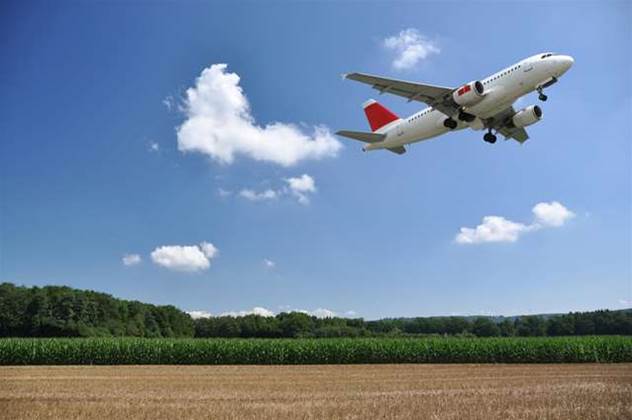Airbus Group is using machine learning and data analytics to help guide pilots through catastrophic emergencies.

In a speech at the Connect Expo in Melbourne, Airbus Group head of data driven technologies Ronny Fehling said the business was working on ways to reduce the information overload pilots face during a crisis.
"Right now if there's something bad happening, every light goes on in the cockpit, and that's not what we want. We want to reduce the amount of information and false positives," Fehling said.
"If the engines are burning, we need it to say 'focus on this right now, and all the rest will be handled by the system'. We want to give [pilots] the right tools and information so they can make the right decision to save lives."
The airline is using visual tools to help pilots identify the most pertintent information in cases of a disaster to aid them in making difficult decisions, while automating some of the less critical ones.
One design consideration in the creation of such systems is that if the technology fails, it needs to degrade gracefully and hand back control to the pilot, Fehling said.
But he was keen to stress Airbus' efforts did not extend to the use of autonomous pilot technologies in the cockpit.
"If a system takes over and kills all the humans, it's not smart and it has misunderstood the prerogative," Fehling said.
"Our role is to make sure that not only if systems fail we have safeguards, ... [but also to ensure] the safety of the passengers and make the flight as secure as possible."
Where to draw the line between control by systems and human intervention is a dilemma the airline is currently facing, and it is likely to evolve along with social expectations.
"Sometimes, pilots are forced to make decisions that might put some of the passengers at risk, and we're not comfortable putting those decisions in the hands of machines. So we have to decide where that handover point is," Fehling said.
"After the Germanwings disaster, we had some people who said 'it's not about moving to no pilots or single pilots, but [getting] an additional pilot back'.
"And then there are a lot of younger people who say 'I don't trust those pilots and I'm scared of what some pilots might do', so we're seeing a shift there."
While cognitive computing could be used to create pilotless planes, Fehling said the big challenge was not in managing what happens when things go right, but when things go wrong.
He cited the example of US Airways Flight 1549, which was safely landed in New York's Hudson River in 2009 following an in-flight emergency.
"We're very, very good at creating automatic flight, and everyone trust their lives with that. But can an autopilot land a plane that is not in the best shape?" he said.
"Of course it can't. You have to touch and feel your way through. You have to be a great pilot. It's not about determinacy, it's about non-determinacy."
Andrew Sadauskas attended the Connect Expo as a guest of Intel.



_(22).jpg&h=140&w=231&c=1&s=0)

_(20).jpg&h=140&w=231&c=1&s=0)



_(26).jpg&w=100&c=1&s=0)

 iTnews Executive Retreat - Security Leaders Edition
iTnews Executive Retreat - Security Leaders Edition












_(1).jpg&h=140&w=231&c=1&s=0)



